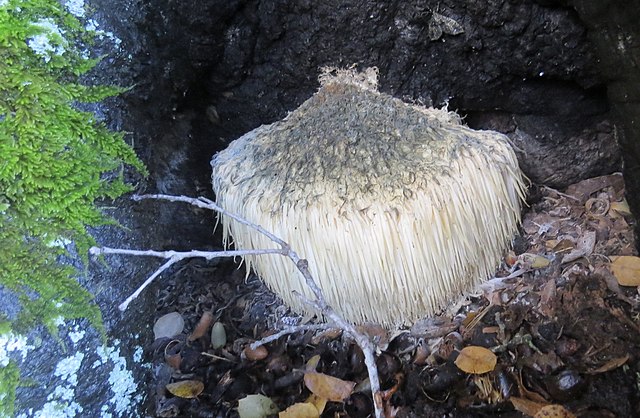Universiti Malaya (UM) experts have found links between lion’s mane mushroom and therapy that may help heal neurodegenerative ailments.
This at a time when Malaysia’s September harvest has just ended while the winter mushrooming season in the Northern Hemisphere is at its peak.
The sub-species Hericium erinaceus is of particular interest to both sides of the world as it is native to North America. This is despite the mushroom being little-known within Malaysia.
In research findings that go back to 2007, the UM study has brought to attention the surprising health perks of the mushroom.
Nerve Regrowth
According to Dr. Phan Chia Wei of UM’s mushroom study section, lion’s mane is functional food that can regenerate nerves.
Thus, the mushroom can trigger the regeneration of the brain’s nerve growth factor (NGF), which sometimes stops from structural damage.
Out of this functional ability to stimulate regrowth, lion’s mane mushrooms have the potential to manage neuro-degenerative diseases.
The link is that neuro-degeneration occurs when NGF is low in the system, which in turn causes neuropathy. Thus, eating this mushroom stimulates NGF recovery and reduces the results of neuropathy. These outcomes include extreme numbness and weakness in a patient.
It’s all in Hericenones
The enzyme responsible for the health benefits of lion’s mane is hericenones, a chemical that repairs nerves and boosts memory. This quality rounds up a list of potential related diseases that can ebb from eating the mushroom, including dementia.
One of the highlights of Hericenones is its anti-inflammatory abilities. Inflammation is one of the key causes of many health problems, not only in the nerves but in other bodily tissues.
According to UM researchers, this enzyme in lion’s mane mushrooms makes them good anti-tumour or even anti-ulcers alternatives. However, Phan warns that the study on the mushroom’s potential for managing neuro-degenerative ailments is still at its preliminary stages. He states that the clinical trial phase with other medical teams will help delineate the actual health benefits of the fungus.
Growing Lion’s Mane in Malaysia
As lion’s mane thrives on dead oak trees in moist environs, growing it in the tropical Malay peninsula can be challenging.
The UM team recommends cultivating the fungi in the “block” method. This is using rubberwood sawdust and mixing it with some bits of the mushroom stock.
Lion’s mane comes in three species, including H. erinaceus, H. americanum and H. coralluides. Each has teeth-like white manes that gift the mushroom its common name.
